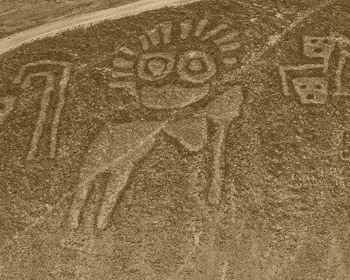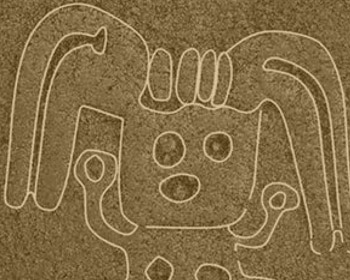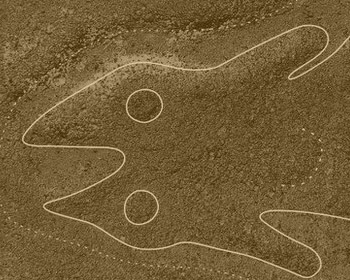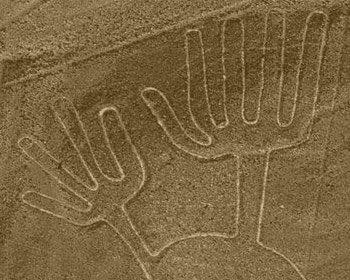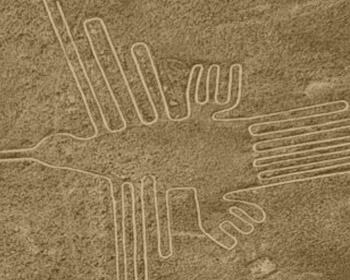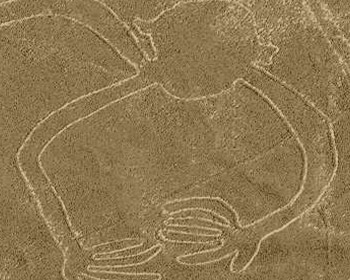NEW NAZCA HIEROGLIPHYCS HAVE BEEN DISCOVERED IN PERU
The huge carved figure of a monkey with a spirally curled tail; immense geometric images of a condor and a hummingbird; a giant spider: the Nazca lines in Peru - two thousand years old - have stunned and bewildered modern observers since they were seen from the air, for the first time, last century.
Now another 143 images recorded on a desert plain on the coast have been discovered, approximately 400 kilometers southeast of Lima, the capital of Peru. The Japanese researchers who found them combined the fieldwork with the most modern technological tools: satellite photography, three-dimensional scanning and, in one case, artificial intelligence.
According to the group of researchers at the University of Yamagata, the newly discovered engravings, or geoglyphs, represent human forms and a wide variety of animals, including camelids (a group of mammals among which are llamas and alpacas), Cats, fish and snakes
Last week, the university stated that the forms, some of which are believed to date from at least the year 100 a. C., were identified mainly on the western side of the area, through field work (collection of remains of earthenware, stones and earth) and analysis of high resolution scans. The larger figures measure more than 90 meters.
One of the geoglyphs was discovered as a result of the collaboration between the university's research team and Watson, IBM's artificial intelligence system.
When the university and IBM Japan analyzed the information collected with the Watson Machine Learning Community Edition program, they identified several candidates for “biomorphic” figures. The university said the researchers chose one of those images and, after conducting field explorations in 2019, discovered a five-meter human figure that was standing, whose existence was unknown until then.
The Nazca lines cover an area of approximately 450 square kilometers and are believed to have been engraved on the earth between 500 BC. C. and 500 d. C. The forms can be seen better from the air and it is impossible to distinguish many of them at ground level.
Masato Sakai, professor of cultural anthropology and Andean archeology, who led the research team, spoke in a video about the discovery and stressed the importance of making these enigmatic strokes more visible to ensure their survival.
"The most important thing is not the discovery itself," Sakai said, adding that the lines "faced a crisis of destruction."
"They must undergo a cleaning process," he said. "If they become fully visible, they will be protected as an important cultural heritage."
Recent discoveries are classified into two categories that have different sizes and purposes.
According to the university, the figurative group, which represents animal and anthropomorphic images, includes figures that generally cover less than 50 meters. The other group, that of more abstract and geometric figures, includes much larger images. The largest of them is more than 100 meters long.
Part of the fascination with the Nazca lines comes from the mystery of its function.
In Chariots of the Gods ?, a 1968 bestseller, Swiss author Erich von Däniken suggested that the figures perhaps served as landing marks for aliens.
But archaeologists believe that some of the engravings had a role in astronomical rituals. The team of the University of Yamagata assured that the geometric figures represented places where people celebrated ceremonies in which ceramic pieces were broken. On the other hand, it is believed that the smaller, figurative images that were discovered in areas near roads or slopes were travel marks, "designed to be seen"
ENIGMTICS HIEROGLYPHICs
The first 4 represent the new discovery, the other last four, represent the famous already discovered many years ago.
